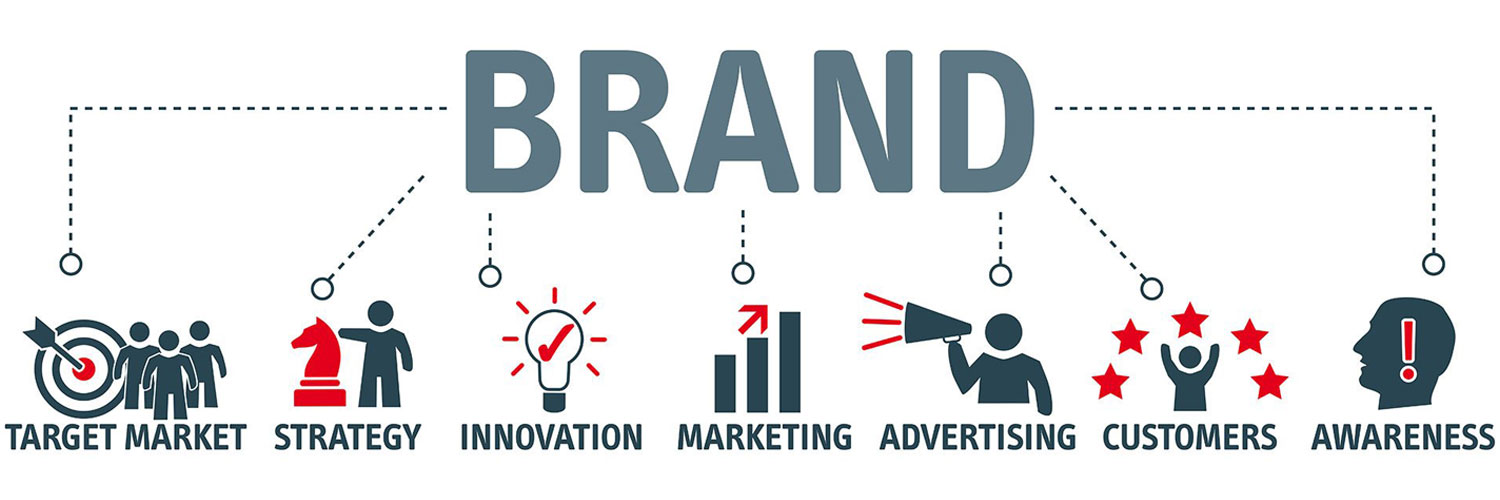[ad_1]

What Is Cloud Computing?
Cloud computing refers to any kind of hosted service delivered over the internet. These services often include servers, databases, software, networks, analytics and other computing functions that can be operated through the cloud.
Files and programs stored in the cloud can be accessed anywhere by users on the service, eliminating the need to always be near physical hardware. In the past, for example, user-created documents and spreadsheets had to be saved to a physical hard drive, USB drive or disk. Without some kind of hardware component, the files were completely inaccessible outside the computer they originated on. Thanks to cloud storage, few people worry anymore about fried hard drives or lost or corrupted USB drives. Cloud computing makes the documents available everywhere because the data actually lives on a network of hosted servers that transmit data over the internet.
What Is Cloud Computing?
Cloud computing is a hosted service delivered over the internet that allows users to access files and programs anywhere, eliminating the need to always be near physical hardware.
Cloud Computing Service Types
Cloud computing services are broken down into three major categories: software-as-a-service (SaaS), platform-as-a-service (PaaS) and infrastructure-as-a-service (IaaS).
Software-as-a-Service
SaaS is the most common cloud service type. Many of us use it on a daily basis. The SaaS model makes software accessible through an app or web browser. Some SaaS programs are free, but many require a monthly or annual subscription to maintain the service. Requiring no hardware installation or management, SaaS solutions are a big hit in the business world. Notable examples include Salesforce, Dropbox and Google Docs.
Platform-as-a-Service
PaaS is a cloud environment supporting web application development and deployment. PaaS supports the full lifecycle of applications, helping users build, test, deploy, manage and update all in one place. The service also includes development tools, middleware and business intelligence solutions. Notable examples include Windows Azure, AWS Elastic Beanstalk and Google App Engine.
Infrastructure-as-a-Service
IaaS provides users with basic computer infrastructure capabilities like data storage, servers and hardware — all in the cloud. IaaS gives businesses access to large platforms and applications without the need for large onsite physical infrastructures. Notable examples of IaaS include DigitalOcean, Amazon EC2 and Google Compute Engine.
Benefits of Cloud Computing
There’s lots to be gained from cloud computing. In an increasingly remote world, one of the cloud’s big draws is that it allows for business operations to continue regardless of location. A report from Grand View Research highlighted the transition to remote work models as a significant driver of growth in the U.S. cloud computing market, which is projected to see a compound annual growth rate of 15.7 percent from 2022 to 2030.
Cloud storage also comes with a number of other benefits. Business leaders have reported the top benefits of cloud computing to be increased efficiency, faster deployment, collaboration tools, security and remote accessibility, according to Statista.
How Does Cloud Computing Work?
The cloud is basically a decentralized place to share information through satellite networks. Every cloud application has a host, and the hosting company is responsible for maintaining the massive data centers that provide the security, storage capacity and computing power needed to maintain all of the information users send to the cloud.
How Cloud Computing Works
Cloud computing works by having companies host or maintain massive data centers that provide the security, storage capacity and computing power to support cloud infrastructure. Clients pay for the rights to use their clouds along with an ecosystem to communicate between devices and programs.
These hosting companies can sell the rights to use their clouds and store data on their networks, while also offering the end user an ecosystem that can communicate between devices and programs (for example, download a song on your laptop and it’s instantly synced to the music app on your iPhone).
Types of Cloud Computing Delivery Models
Public Cloud
This is the most common and all of the players in cloud computing (Amazon, Microsoft, Apple and Google) run public clouds accessible anywhere with login credentials and the right web app.
Private Cloud
This model offers the same kind of flexibility as the public cloud, but with the infrastructure needs (hosting, data storage, IT staff, etc.) provided by the companies or users of the service. Additionally, the restricted access and hands-on management of hosting gives the private model an extra layer of security.
Hybrid Cloud
Hybrid cloud computing is a combination of the public and private models. The two cloud types are linked over the internet and can share resources when needed (for example, if the private cloud reaches storage capacity or becomes corrupted, the public cloud can step in and save the day).
[ad_2]
Source link


